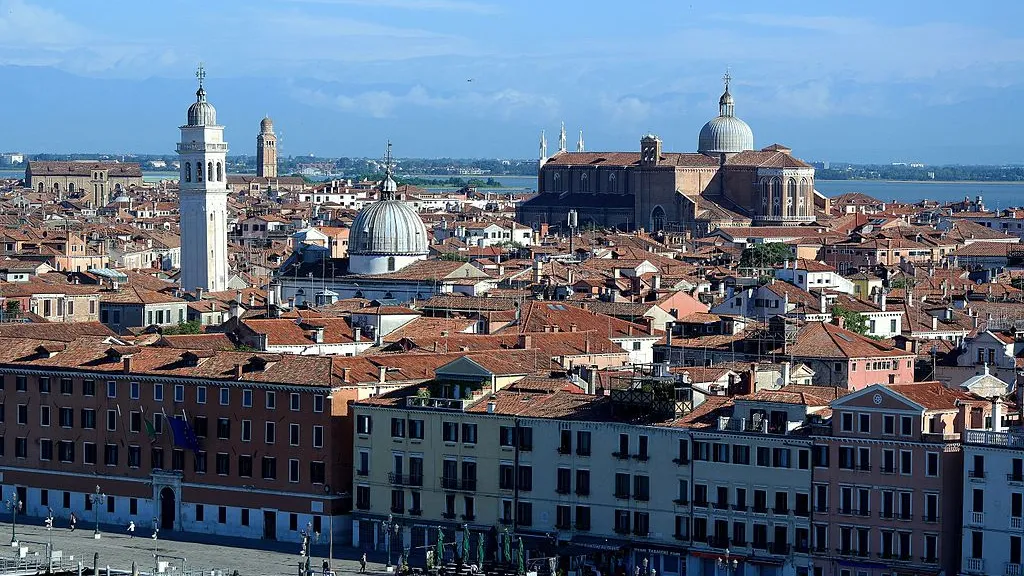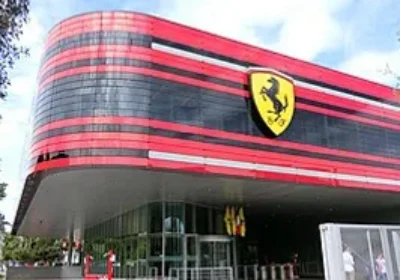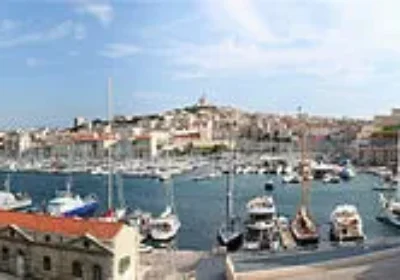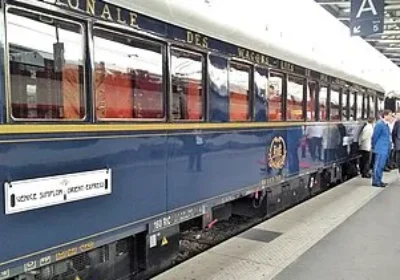On the tour you will see:
Piazza San Marco is Venice’s main square;
Castello is the largest of Venice’s six historic districts. It occupies the eastern part of the city. It takes its name from a military settlement of Roman legionaries, the castrum, which was founded by Consul Pompillius in 132 B.C. to protect the Via Popilia road linking Ravenna and Aquileia;
Cannaregio is one of Venice’s six historic districts. It is located in the northern part of the city and is the most remote. Cannaregio is the most populated part of Venice, with over 20,000 people living in the neighbourhood. The name of the district comes from the Italian equivalent of the word “Main Canal”;
Greek Quarter and the Temple of St George – the church of the middle of the XVI century looks beautiful among the harmonious ensemble of the Greek community built at the end of the XVII century:
Devil’s Bridge – located in the Castello district. History has not preserved any information about why this quite nice bridge was named so;
Dalmatian “farmstead” with the famous cycle of “Stories of St George” by Vittore Carpaccio;
“Street of Death” (“monument” to the work of Venetian security services);
The Church of St John the Baptist, where Antonio Vivaldi was baptised (the baptismal font has been preserved here);
The House of Vivaldi – Antonio Vivaldi, a native of Venice;
The narrowest street in Venice, Calle Varisco, is only 53 centimetres wide;
A panorama of the Northern Lagoon.





